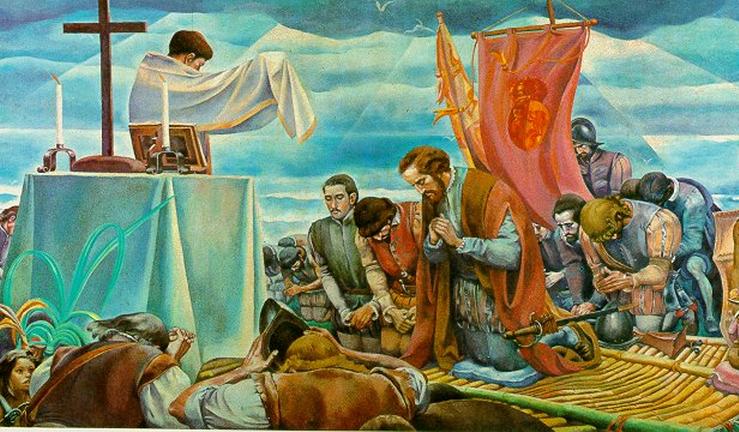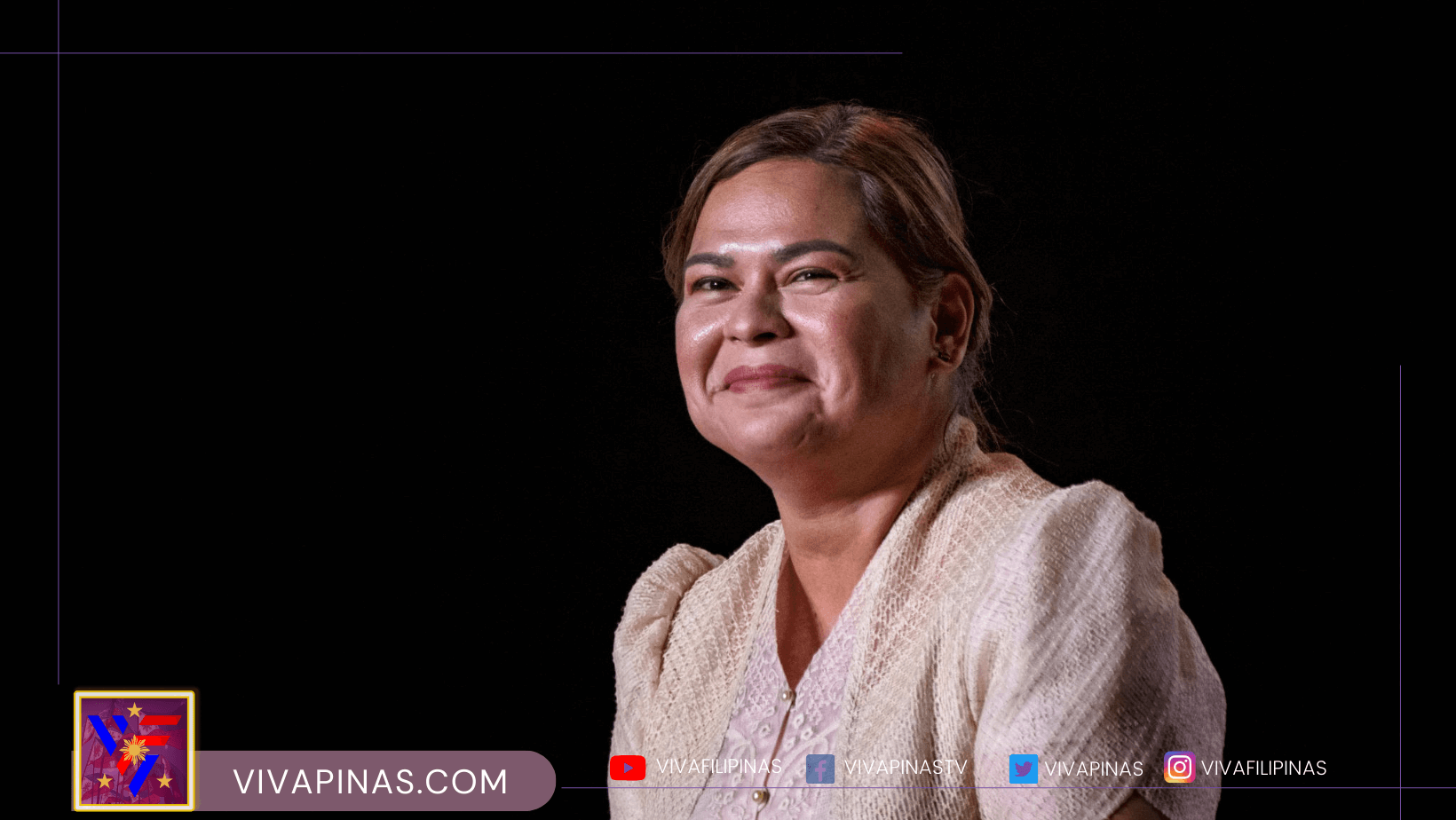
The first Catholic mass in the Philippines was on Easter Sunday of March 31, 1521 officiated by Father Pedro de Valderrama in the shore of a town islet named as Limasawa in the tip of Southern Leyte. Limasawa is dubbed as the birthplace of Roman Catholicism in the Philippines.
Landing on Philippine shores: When Ferdinand Magellan and his European crew sailed from San Lucar de Barrameda for an expedition to search for spices, these folks landed on the Philippines after their voyage from other proximate areas. On March 28, 1521, while at sea, they saw a bonfire which turned out to be Limasawa where they anchored.
The island’s sovereign ruler was Rajah Siaiu. When Magellan and comrades set foot on the grounds of Limasawa, he befriended the Rajah together with his brother Rajah Kulambu of Butuan. In those days, it was customary among the indigenous—and in most of southeast Asia—to seal friendship with a blood compact. On instigation of Magellan who had heard the Malayan term for it, casi casi, the new friends performed the ritual. This was the first recorded blood compact between Filipinos and Spaniards. Gifts were exchanged by the two parties when the celebration had ended. . .
On March 31, 1521, an Easter Sunday, Magellan ordered a mass to be celebrated which was officiated by Father Pedro Valderrama, the Andalusion chaplain of the fleet, the only priest then. Conducted near the shores of the island, the Holy First Mass marked the birth of Roman Catholicism in the Philippines. Colambu and Siaiu were the first natives of the archipelago, which was not yet named “Philippines” until the expedition of Ruy Lopez de Villalobos in 1543, to attend the mass among other native inhabitants.
In the afternoon of the same day, Magellan instructed his comrades to plant a large wooden cross on the top of the hill overlooking the sea. Magellan’s chronicler, Antonio Pigafetta, who recorded the event said: “After the Cross was erected in position, each of us repeated a Pater Noster and an Ave Maria, and adored the Cross; and the kings [Colambu and Siaiu] did the same.” Magellan then took ownership of the islands where he had landed in the name of King Charles V which he had named earlier on March 16 “Archipelago of Saint Lazarus” because it was the day of the saint when the Armada reached the archipelago.
On June 19, 1960, Republic Act No. 2733, called the Limasawa Law, was enacted without being signed by the President of the Philippines. The legislative fiat declared The site in Magallanes, Limasawa Island in the Province of Leyte (Where the first Mass in the Philippines was held is hereby declared a national shrine to commemorate the birth of Christianity in the Philippine). Magallanes is east of the island of Limasawa. In 1984 Imelda Marcos had a multi-million pesos Shrine of the First Holy Mass built, an edifice made of steel, bricks and polished concrete, and erected on top of a hill overlooking barangay Magallanes, Limasawa. A super typhoon completely wiped this out just a few months later. Another shrine was inaugurated in 2005. Limasawa celebrates the historic and religious coming of the Spaniards every March 31 with a cultural presentation and anniversary program dubbed as Sinugdan, meaning “Beginning.”





